คำAdj
Types of Thai Sensory Adjectives:
1. Visual Adjectives:
Visual adjectives in Thai are used to describe the appearance or visual characteristics of a person, place, or thing. They allow us to create mental images of objects or scenes. Some common visual adjectives in Thai include “สวย” (beautiful), “เขียว” (green), and “สดใส” (clear).
Example sentence: “หญิงสวยยิ่งเข้าสนามหญ้าเขียวสดใส” (The beautiful woman entered the green and clear field).
2. Auditory Adjectives:
Auditory adjectives in Thai are used to describe sounds or auditory experiences. They evoke the sense of hearing and allow us to imagine various soundscapes. Common auditory adjectives in Thai include “ดัง” (loud), “เงียบ” (quiet), and “จังเลย” (extremely noisy).
Example sentence: “เสียงดังระหว่างการแข่งขันเงียบมากที่ถึงก่อนนอน” (The noise during the competition was extremely loud, quiet when sleeping).
3. Olfactory Adjectives:
Olfactory adjectives in Thai are used to describe smells or olfactory sensations. They allow us to imagine different scents and odors in our surroundings. Common olfactory adjectives in Thai include “หอม” (fragrant), “รสชาติ” (scented), and “ติดปาก” (pungent).
Example sentence: “ปลามีกลิ่นหอม รสชาติกลมกล่อมและทวาย” (The fish has a fragrant smell, a rounded and lingering taste).
4. Gustatory Adjectives:
Gustatory adjectives in Thai are used to describe tastes or gustatory experiences. They help us understand and appreciate the flavors of different foods or drinks. Common gustatory adjectives in Thai include “เผ็ด” (spicy), “หวาน” (sweet), and “เค็ม” (salty).
Example sentence: “น้ำพริกเผ็ดหวานเค็มเข้ากันอย่างลงตัว” (The spicy, sweet, and salty chili sauce blends perfectly).
5. Tactile Adjectives:
Tactile adjectives in Thai are used to describe physical sensations or tactile experiences. They enable us to imagine the texture or feel of objects or surfaces. Common tactile adjectives in Thai include “เย็น” (cool), “ร้อน” (hot), and “แห้ง” (dry).
Example sentence: “ลมเย็นสบายเข้าตัวในช่วงเวลาแห้งและร้อน” (The cool breeze is refreshing during the dry and hot period).
Using Thai Sensory Adjectives in Descriptions:
1. Enhancing Visual Descriptions:
Visual adjectives in Thai can be used to enhance visual descriptions, painting a clear picture for the listener or reader. They help convey the appearance or look of an object or scene.
Example sentence: “ดวงดาวส่งแสงสว่างระยิบระยับบนท้องฟ้าสีน้ำเงิน” (The stars shine brightly and twinkle on the blue sky).
2. Evoking Auditory Experiences:
Auditory adjectives in Thai can evoke auditory experiences, allowing the audience to hear the sounds being described.
Example sentence: “เสียงของเสือดังและกำลังเชี่ยวชาญใจผู้ฟัง” (The sound of the tiger is loud and captivating the listener).
3. Describing Olfactory Sensations:
Olfactory adjectives in Thai can be used to describe various smells and create a sensory experience through words.
Example sentence: “กลิ่นของดอกไม้หอมชวนมากของจีนและเกาหลี” (The scent of fragrant flowers is inviting, reminding one of China and Korea).
4. Depicting Gustatory Experiences:
Gustatory adjectives in Thai can be utilized to depict different tastes and enhance descriptions of flavors.
Example sentence: “รสของอาหารไทยเผ็ดสุดแต่ก็หวานอ่อนและรสชาติมีความเค็มน้อย” (Thai food is extremely spicy, yet gently sweet and slightly salty in taste).
5. Portraying Tactile Sensations:
Tactile adjectives in Thai can portray tactile sensations or the feeling of an object or surface.
Example sentence: “กาแฟเย็นร้อนและแห้งกระปรี้กระเปร่าเผลอมาแค่ก้อนเดียว” (Icy hot and dry coffee just in a cube).
Common Thai Sensory Adjectives:
Visual Adjectives:
– สวย (beautiful)
– เขียว (green)
– สดใส (clear)
Auditory Adjectives:
– ดัง (loud)
– เงียบ (quiet)
– จังเลย (extremely noisy)
Olfactory Adjectives:
– หอม (fragrant)
– รสชาติ (scented)
– ติดปาก (pungent)
Gustatory Adjectives:
– เผ็ด (spicy)
– หวาน (sweet)
– เค็ม (salty)
Tactile Adjectives:
– เย็น (cool)
– ร้อน (hot)
– แห้ง (dry)
Expressing Intensity and Degree with Thai Sensory Adjectives:
In Thai, there are various ways to express the intensity and degree of sensory experiences using adjectives.
1. Superlative Forms:
Superlative forms in Thai include “สุด” (most), “มากที่สุด” (the most), and “น้อยที่สุด” (the least).
Example sentence: “วิวบนยอดเขาสวยสุดที่สุดในฤดูหนาว” (The view from the mountaintop is most beautiful in winter).
2. Comparative Forms:
Comparative forms in Thai include “มากกว่า” (more than), “น้อยกว่า” (less than), and “เท่ากับ” (equal to).
Example sentence: “รสชาติของอาหารเกาหลีมากกว่าอาหารจีน” (The taste of Korean food is more than Chinese food).
3. Degrees of Intensity:
Degrees of intensity in Thai include “สุดๆ” (extremely), “พอประมาณ” (moderately), and “น้อยๆ” (slightly).
Example sentence: “อากาศร้อนสุดๆในเดือนมิถุนายน” (Extremely hot weather in June).
Creating Vivid Imagery with Thai Sensory Adjectives:
Thai sensory adjectives can be used creatively to create vivid imagery and paint a clearer picture for the listener or reader.
1. Similes:
Similes in Thai compare one thing to another using the words “เหมือน” (like) or “เหมือนกับ” (as).
Example sentence: “สีหน้าเหมือนดอกพุด” (Face as radiant as a blossoming flower).
2. Metaphors:
Metaphors in Thai make a comparison between two unrelated things, giving deeper meaning to the description.
Example sentence: “ใจเย็นเหมือนน้ำแข็ง” (Cool heart like ice).
3. Hyperbole:
Hyperbole in Thai involves exaggerated statements for emphasis or dramatic effect.
Example sentence: “เสียงดังจังเลย” (Extremely loud noise).
4. Onomatopoeia:
Onomatopoeia in Thai uses words to imitate sounds, enriching the sensory experience.
Example sentence: “กริกก” (Clicking sound), “ร้องฮฮ” (Laughing sound).
5. Personification:
Personification in Thai attributes human qualities or actions to non-human entities.
Example sentence: “แสงอาทิตย์ยิ่งส่อง” (The sun shines brighter).
Cultural Significance of Thai Sensory Adjectives:
Thai sensory adjectives are deeply rooted in the culture and have significant meaning and symbolism.
1. Influence of Buddhism on Thai Sensory Perception:
Buddhism has influenced Thai sensory perception, emphasizing mindfulness, and heightened awareness of sensory experiences.
2. Symbolism and Emotional Connection in Thai Society:
Thai sensory adjectives carry symbolism and help establish emotional connections between people and their environment.
3. Traditional Thai Medicine and the Senses:
Traditional Thai medicine recognizes the importance of sensory experiences in maintaining physical and emotional well-being.
4. Thai Aesthetics: The Role of Sensory Experience:
Thai aesthetics value sensory experiences in art, architecture, and various cultural practices, aiming to create harmony and beauty.
5. Thai Cuisine: The Art of Balancing Sensory Flavors:
Thai cuisine is known for its balance of flavors, utilizing various sensory adjectives to create a unique and satisfying culinary experience.
In conclusion, Thai sensory adjectives are powerful tools in describing and expressing sensory experiences. Whether it be visual, auditory, olfactory, gustatory, or tactile, these adjectives help us fully appreciate and understand the sensory world around us. By using Thai sensory adjectives in descriptions, one can create vivid imagery, evoke emotions, and establish a deeper connection with the audience. Furthermore, the cultural and symbolic significance of these adjectives showcases the rich heritage and traditions of Thailand. So next time you want to describe a sensory experience, consider incorporating Thai sensory adjectives for a more immersive and captivating portrayal.
คำคุณศัพท์ Adjective | เรียนภาษาอังกฤษพื้นฐาน | คืออะไร ใช้อย่างไร
คำสำคัญที่ผู้ใช้ค้นหา: คำadj adjective 1 000 คํา, adj. คือ, คํา adjective บอกลักษณะ, คําศัพท์ adjective พร้อมคําแปล, คำคุณศัพท์ ภาษาไทยหมายถึง, adjective ตัวอย่างประโยค, คําคุณศัพท์ ภาษาจีน, คํา Adverb
รูปภาพที่เกี่ยวข้องกับหัวข้อ คำadj

หมวดหมู่: Top 93 คำAdj
ดูเพิ่มเติมที่นี่: phauthuatdoncam.net
Adjective 1 000 คํา
Introduction
When learning a new language, one of the fundamental aspects is building a strong vocabulary. In Thai, adjectives play a significant role in expressing emotions, describing objects or situations, and enhancing the overall richness of discussions. Among the many resources available, the “Adjective 1 000 คํา” (Adjective 1,000 Words) list is a highly practical tool for those seeking to improve their Thai skills. In this article, we will explore the concept of Adjective 1 000 คํา in Thai, its importance, and provide useful tips on how to maximize its benefits.
What Are Adjectives?
To familiarize ourselves with Adjective 1 000 คํา, let’s first understand what adjectives are. Adjectives are words used to describe or modify nouns or pronouns, providing additional information to what we want to convey. For example, in the sentence “The beautiful sunset painted the sky,” the word “beautiful” is an adjective that describes the sunset. In Thai, adjectives work similarly, making them crucial for fluent communication.
Understanding Adjective 1 000 คํา
Adjective 1 000 คํา is an extensive list of 1,000 adjectives compiled specifically for Thai language learners. It covers a wide range of vocabulary, allowing learners to express various emotions, describe objects, and delve into discussions more effectively. This resource is widely used and appreciated for its comprehensive nature, providing learners with a diverse range of adjectives to improve their linguistic capability in Thai.
How Can Adjective 1 000 คํา Benefit Language Learners?
1. Expanding Vocabulary: With Adjective 1 000 คํา, learners gain access to a vast collection of adjectives. Using this list, students can progressively build a solid foundation of descriptive vocabulary, enhancing their fluency and ability to express themselves.
2. Precise Expression: Adjectives allow individuals to add nuances to their language by providing a more accurate description of a noun. By utilizing Adjective 1 000 คํา, language learners can enhance their ability to express themselves with precision, avoiding generic terms and widening their scope of perception.
3. Creating Visual Imagery: Adjectives are a powerful tool for painting vivid pictures in the listener’s mind. By incorporating Adjective 1 000 คํา into their language learning journey, students can transform their communication by vividly illustrating scenarios and bringing their conversations to life.
4. Improved Reading and Comprehension Skills: A strong command over adjectives aids learners in understanding and interpreting written texts more effectively. Through exposure to Adjective 1 000 คํา, learners can boost their reading and comprehension abilities, leading to an overall improvement in their language proficiency.
How to Use Adjective 1 000 คํา Effectively
Now that we understand the benefits of Adjective 1 000 คํา, let’s explore some practical tips for making the most out of this resource:
1. Daily Practice: Consistency is key when learning a new language. Allocate a dedicated slot each day to study the Adjective 1 000 คํา list. Gradually, incorporate these words into your conversations, writing exercises, or any interaction in the target language.
2. Contextualize the Vocabulary: Instead of mechanically memorizing words, understand the context in which these adjectives are commonly used. Practice incorporating them into sentences that reflect real-life scenarios, allowing for a better understanding of their usages and creating more meaningful associations.
3. Supplementary Resources: While Adjective 1 000 คํา is a valuable tool, leverage additional resources like flashcards, language apps, or language exchange platforms to reinforce your learning experience. These resources will provide further exposure to new vocabulary, aiding in your language journey.
Frequently Asked Questions (FAQs):
Q: Can I solely rely on Adjective 1 000 คํา to improve my adjective skills in Thai?
A: Adjective 1 000 คํา should be considered as a foundation for improving your adjective skills. It is advised to supplement your learning with other resources, practice speaking, and engage in conversations to fully develop your language ability.
Q: How do I pronounce Thai adjectives correctly?
A: Thai pronunciation can be challenging for non-native speakers, but diligent practice can help overcome this. Refer to audio materials, native speakers, or language learning platforms where you can hear the correct pronunciation, and repeat after them to improve your skills.
Q: Are there any online resources or apps that provide additional support for Thai language learning?
A: Yes, there are several resources available online to support Thai language learning. Websites like FluentU, Learn Thai with Mod, and mobile apps such as Memrise and HelloTalk offer interactive exercises, pronunciation guides, and language exchange opportunities to enhance your learning experience.
Q: Is it necessary to learn all 1,000 adjectives in the list?
A: While learning all 1,000 adjectives would be remarkable, it is not mandatory. Focus on studying and incorporating adjectives that are relevant to your daily life, personal interests, and areas of communication. Prioritize quality over quantity in order to apply the adjectives effectively.
Conclusion
Adjective 1 000 คํา serves as a powerful resource for learners seeking to enhance their Thai vocabulary and fluency. By incorporating these adjectives into their language learning journey, learners can effectively express emotions, create visual imagery, and improve their overall communication skills. Remember to practice consistently, contextualize your learning, and leverage supplementary resources to maximize the benefits of Adjective 1 000 คํา. Embrace the journey of learning Thai adjectives, and enjoy the richness they add to your conversations!
Adj. คือ
The primary function of คือ is to link a noun or a pronoun to an adjective or a verb, enabling the speaker to describe the attributes or characteristics of the subject. For instance, if you want to say “I am hungry” in Thai, you would say “ผมหิวคือ” (phǒm hiu khue), where ผม (phǒm) is the pronoun for “I” and หิว (hiu) is the adjective for “hungry.” By using คือ between หิว and ผม, you communicate that “I” is hungry.
Furthermore, คือ can be used to compare two objects or people by indicating that one thing equals or is similar to another. For example, if you want to say “My sister is as tall as me” in Thai, you would say “น้องสาวฉันสูงคือฉัน” (nóng săao chǎn sǔung khue chǎn). Here, สูง (sǔung) means “tall,” and น้องสาวฉัน (nóng săao chǎn) means “my sister.” By using คือ between สูง and ฉัน, it implies that my sister’s height is equal to mine.
Moreover, คือ can also be used to express a definition or provide an explanation. In such cases, คือ is equivalent to the English word “means” or “is defined as.” For example, if you want to define the word “friend” in Thai, you would say “เพื่อนคือคนที่คุณสนิทมาก” (pʉ̂an khue khon thī khun sạnít mâak), which translates to “A friend is a person you are very close to.” Here, เพื่อน (pʉ̂an) means “friend,” and คนที่คุณสนิทมาก (khon thī khun sạnít mâak) means “a person you are very close to.”
To better understand the usage of คือ and its versatility, let’s address some frequently asked questions about this adjective:
FAQs:
Q: Can คือ be used as a standalone word?
A: No, คือ is always used in conjunction with other words to illustrate connections, definitions, or comparisons. It is not used by itself.
Q: Are there any alternative words to คือ?
A: In some cases, คือ can be substituted with other words depending on the context. For example, เป็น (bpen) can often replace คือ when indicating definitions or equivalences. However, it is important to note that each word carries different nuances, so understanding the context is crucial.
Q: Is คือ used in formal or informal speech?
A: คือ is an everyday word that is commonly used in both formal and informal speech. It is an essential part of the Thai language and is used across various contexts.
Q: How do I know when to use คือ in a sentence?
A: คือ is typically used when you want to connect an adjective or a verb to a noun or a pronoun. It helps describe the state of being or quality of the subject. It is also used when making comparisons or providing definitions.
Q: Can คือ be used to ask questions?
A: Yes, คือ can be used to form questions when seeking explanations or definitions. However, it is important to note that Thai questions are often formed using question particles or question words rather than rearranging sentence structures.
In conclusion, คือ is a crucial adjective in the Thai language that plays a significant role in expressing connections, describing characteristics, making comparisons, and providing definitions. By mastering its usage and understanding its subtle nuances, you will be better equipped to communicate effectively in Thai. So, keep practicing and incorporating คือ into your Thai conversations to enhance your language skills.
คํา Adjective บอกลักษณะ
Adjectives are an essential part of any language, including Thai. In Thai, adjectives are known as “คำกริยาบอกลักษณะ” (kam gîa bɔ̀ɔk lák-sà-nà). Adjectives are words that describe or modify nouns or pronouns, providing more information about their qualities, characteristics, or states.
In Thai, adjectives play a fundamental role in providing colorful and vibrant descriptions. Thai adjectives come in various forms and can be used in different ways to express a wide range of meanings. In this article, we will dive deeper into the fascinating world of Thai adjectives and explore their usage, forms, and common variations.
Usage of Adjectives in Thai:
Adjectives in Thai can be used in two different positions: before or after the noun they describe. When used before the noun, the adjective typically follows the noun’s classifiers (if present), making it a noun phrase. On the other hand, when used after the noun, they follow a specific structure known as “คำวิเศษณ์” (kam wí-sàt) or “คำบุพบท” (kam bù-pòp). This structure changes the adjective into an adverbial phrase.
For example:
1. When used before the noun:
ผมได้รถใหม่สีแดง (phǒm dâi rót mài sǐi-dɛɛng) – I got a new red car.
Here, “ใหม่” (mài) is the adjective that describes the noun “รถ” (rót) and precedes the noun, forming a noun phrase.
2. When used after the noun:
ผมขับรถให้เร็ว (phǒm kàp rót hâi réo) – I drive fast.
In this sentence, “เร็ว” (réo) is the adjective that describes how the action of driving is performed. It follows the noun “รถ” (rót) and functions as an adverbial phrase.
Different Forms of Adjectives:
Thai adjectives can be divided into several categories based on their forms and characteristics. Some common forms include descriptive adjectives, comparative adjectives, superlative adjectives, and adjectives derived from verbs or other nouns. Let’s explore each category further.
1. Descriptive Adjectives:
These adjectives describe the qualities, characteristics, or states of a noun. They remain unchanged regardless of the noun’s gender or number. Example adjectives include สวย (sǔay), meaning beautiful/handsome, and ร้อน (rɔ́ɔn), meaning hot.
2. Comparative Adjectives:
Comparative adjectives are used to compare two or more things. They often follow the structure “adj. + กว่า” (kwàa) or “adj. + แก่” (kàe). For example, สูงกว่า (s̄ūng kwàa) means taller than, and เก่งแก่ (gèng kàe) means older than.
3. Superlative Adjectives:
Superlative adjectives are used to describe something as the most or least in a group. They generally follow the structure “adj. + ที่สุด” (thîi-sùt) or “ประเทศที่สวยที่สุด” (bprà-tɛ̀ɛ thī̂i sǔay thîi-sùt), meaning the most beautiful country. Examples include สำคัญที่สุด (sǎm-kǎn thîi-sùt), meaning the most important, and น้อยที่สุด (nɔ́ɔi thîi-sùt), meaning the least.
Common Variations:
In addition to these categories, Thai adjectives also have variations influenced by factors such as politeness, formality, and tone. Adjectives can change depending on the social relationship between the speaker and the listener. For instance, สวย (sǔay) can be modified to สวยงาม (sǔay-ngaam) to express a higher level of beauty.
FAQs:
Q: Can adjectives in Thai vary in gender and number agreement?
A: No, unlike some languages, Thai adjectives do not change based on gender or number; they remain the same regardless of the noun they describe.
Q: Are there any irregular adjectives in Thai?
A: Yes, while Thai adjectives mostly follow a regular pattern, there are a few irregular adjectives, such as ดี (dii) meaning good, which has comparative and superlative forms ดีกว่า (dii-kwàa) and ดีที่สุด (dii thîi-sùt) respectively.
Q: How do adjectives interact with classifiers in Thai?
A: In Thai, the classifier usually comes after the noun and before the adjective when forming a noun phrase. For example, ไม้ที่ยาว (máai thîi yaao) is translated as a long stick, where ที่ (thîi) is the classifier and ยาว (yaao) is the adjective.
Q: Can adjectives be used independently in Thai?
A: Yes, adjectives can be used independently without nouns as a way to express emotions or opinions. For example, สวยมาก (sǔay mâak) means very beautiful.
Conclusion:
Adjectives play a vital role in describing and enhancing the beauty and richness of the Thai language. With various forms and functions, Thai adjectives provide a spectrum of meanings and intensities. Learning how to use adjectives correctly will significantly enhance your comprehension and communication skills in Thai. So, let’s embrace the beauty of Thai adjectives and bring our sentences to life!
มี 35 ภาพที่เกี่ยวข้องกับหัวข้อ คำadj.
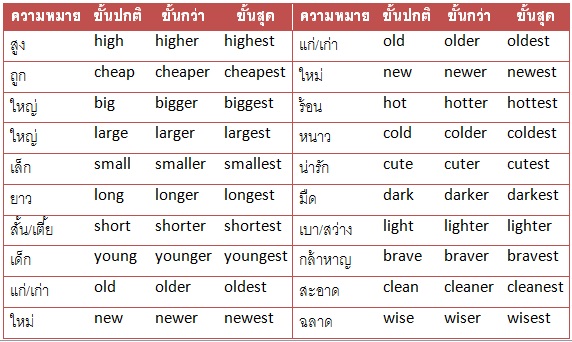



![คำคุณศัพท์แสดงความเป็นเจ้าของ Possessive adjective [การใช้ my his their Its] | ShortEng ภาษาอังกฤษอยู่รอบตัวเรา คำคุณศัพท์แสดงความเป็นเจ้าของ Possessive Adjective [การใช้ My His Their Its] | Shorteng ภาษาอังกฤษอยู่รอบตัวเรา](https://i0.wp.com/www.shorteng.com/wp-content/uploads/2016/07/%E0%B8%84%E0%B8%B3%E0%B8%84%E0%B8%B8%E0%B8%93%E0%B8%A8%E0%B8%B1%E0%B8%9E%E0%B8%97%E0%B9%8C%E0%B9%81%E0%B8%AA%E0%B8%94%E0%B8%87%E0%B8%84%E0%B8%A7%E0%B8%B2%E0%B8%A1%E0%B9%80%E0%B8%9B%E0%B9%87%E0%B8%99%E0%B9%80%E0%B8%88%E0%B9%89%E0%B8%B2%E0%B8%82%E0%B8%AD%E0%B8%87.png?resize=264%2C190)

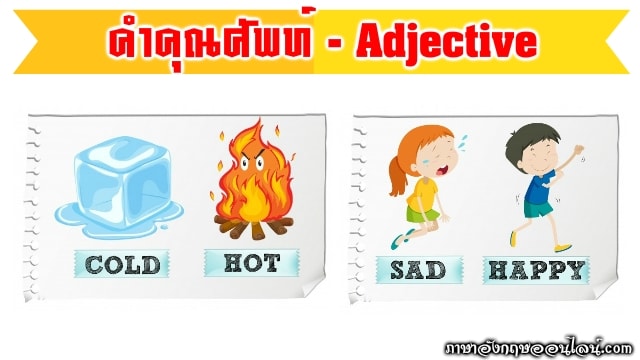

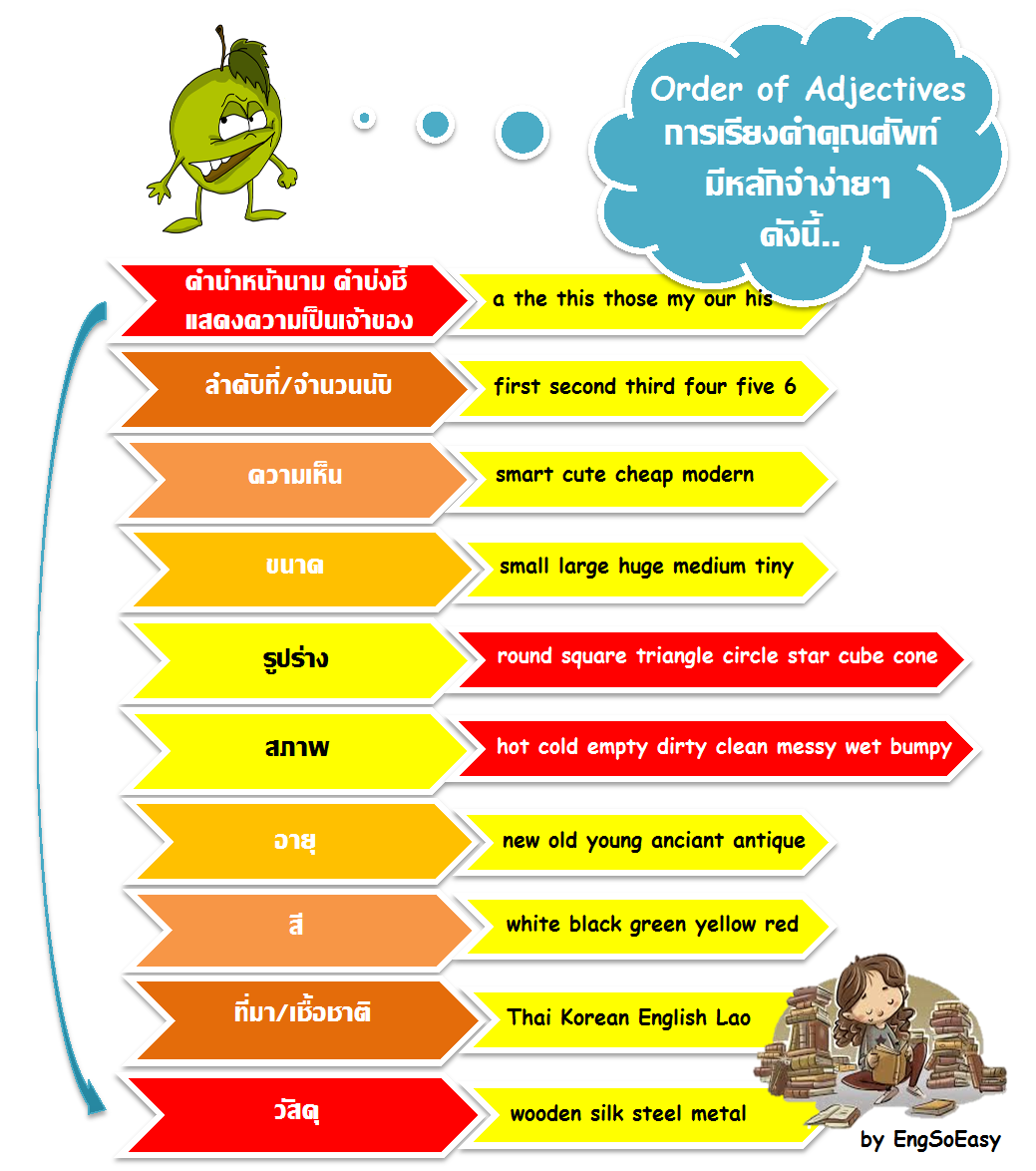

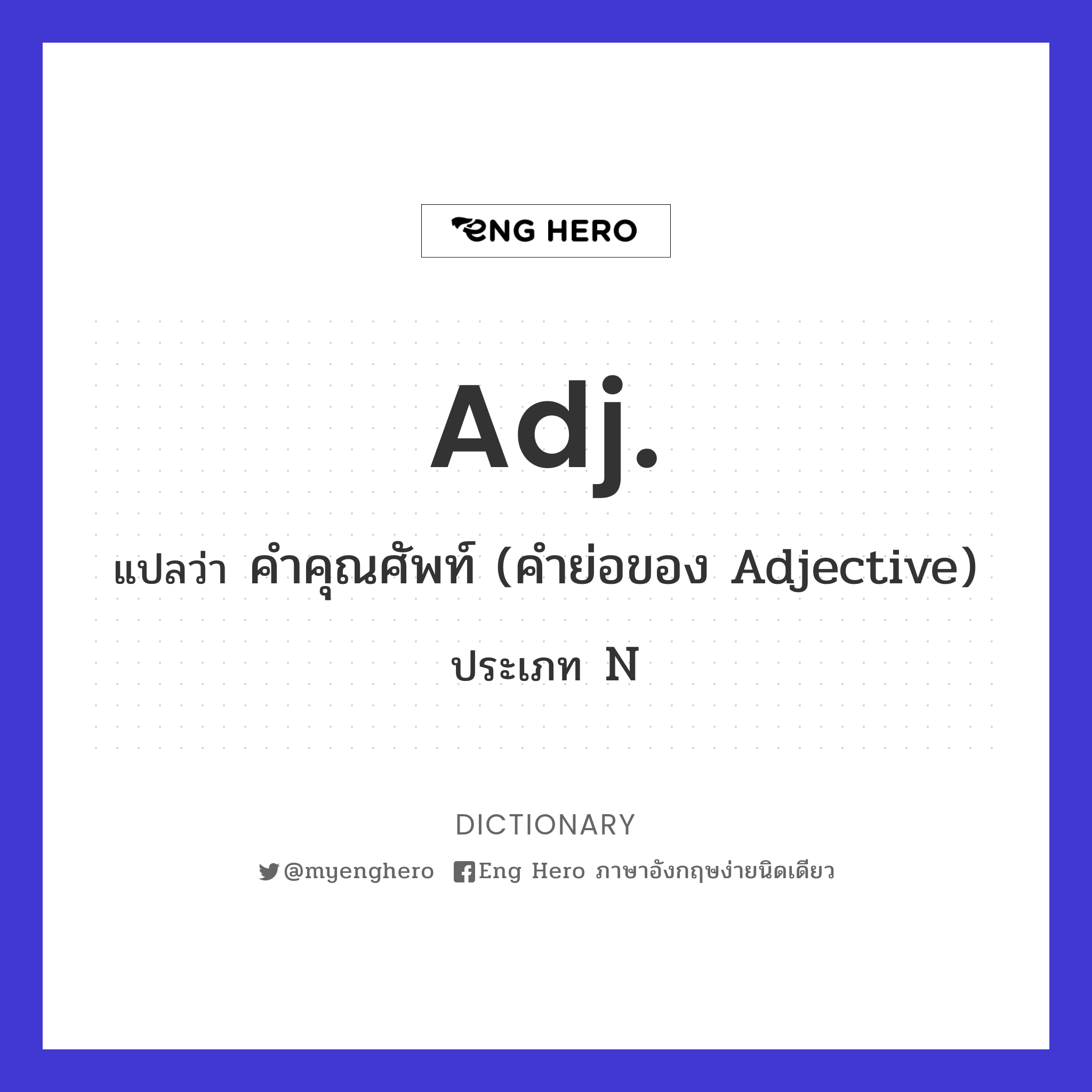

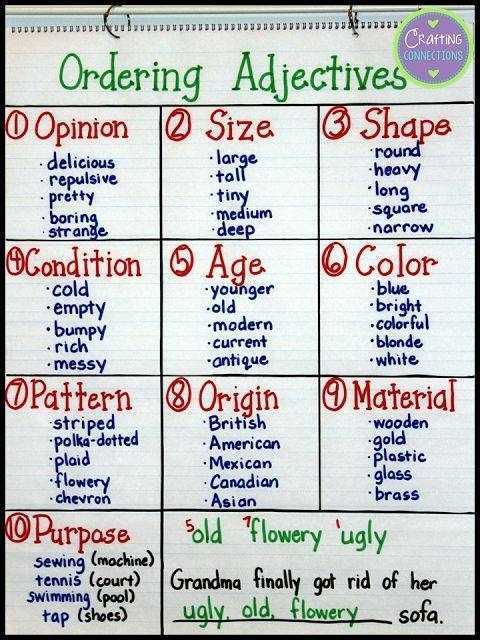
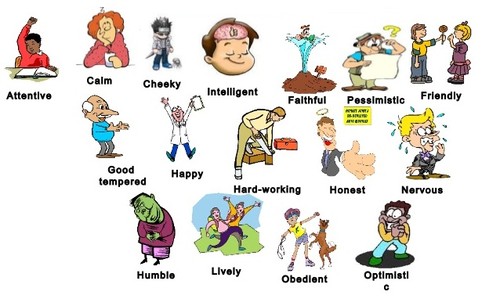




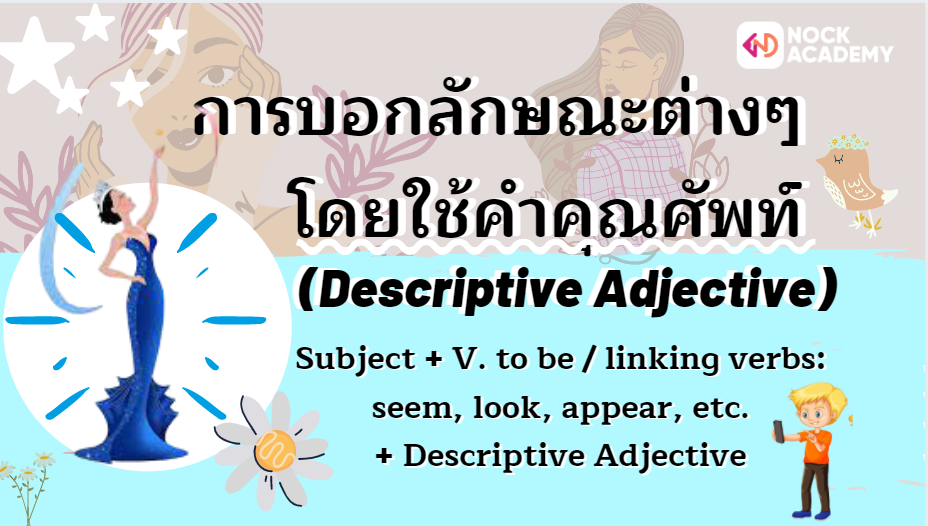

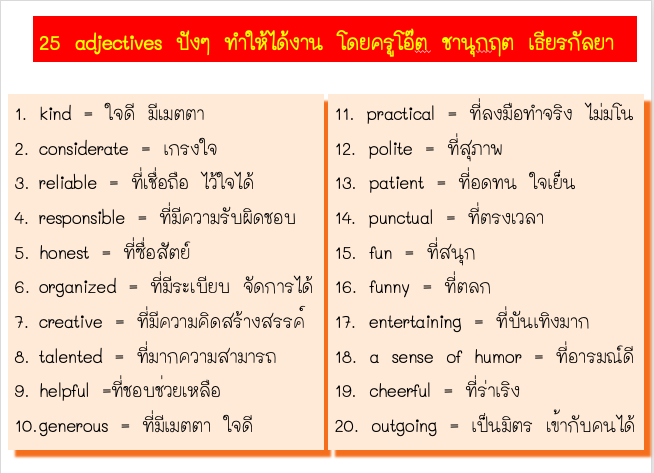

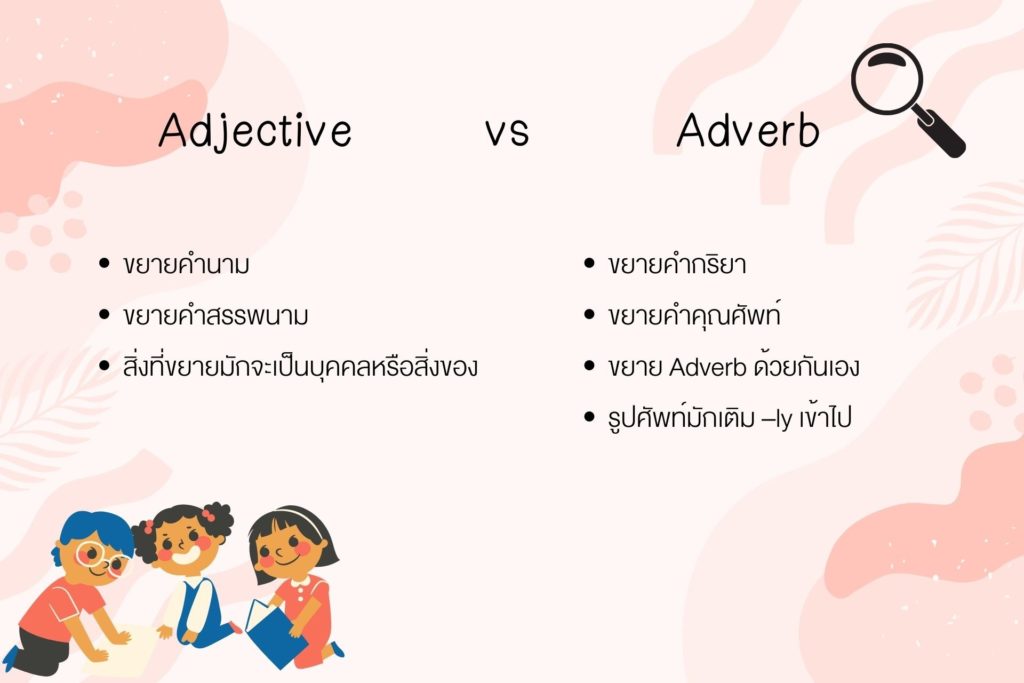
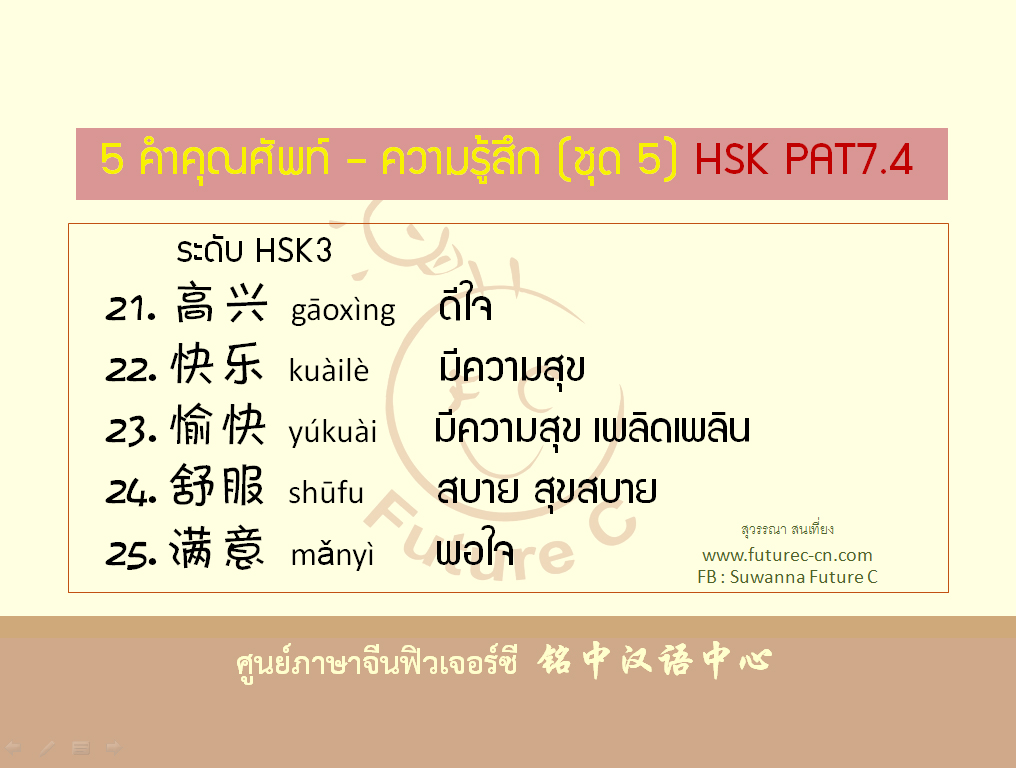


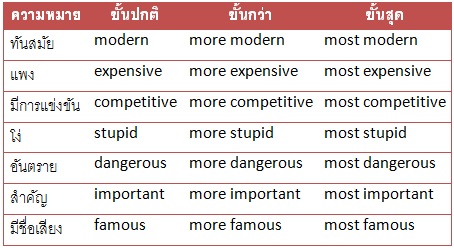


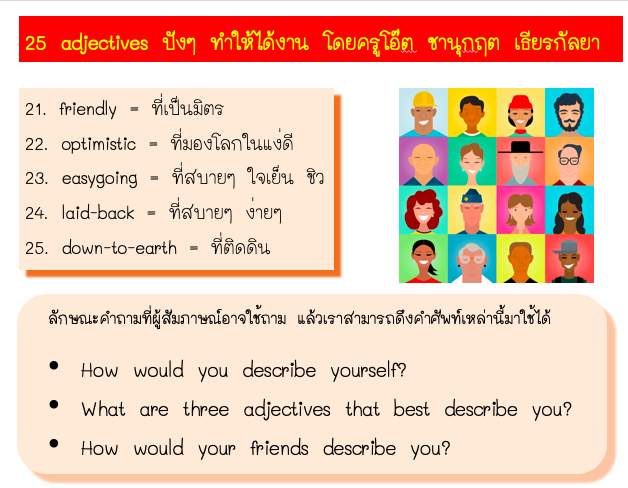

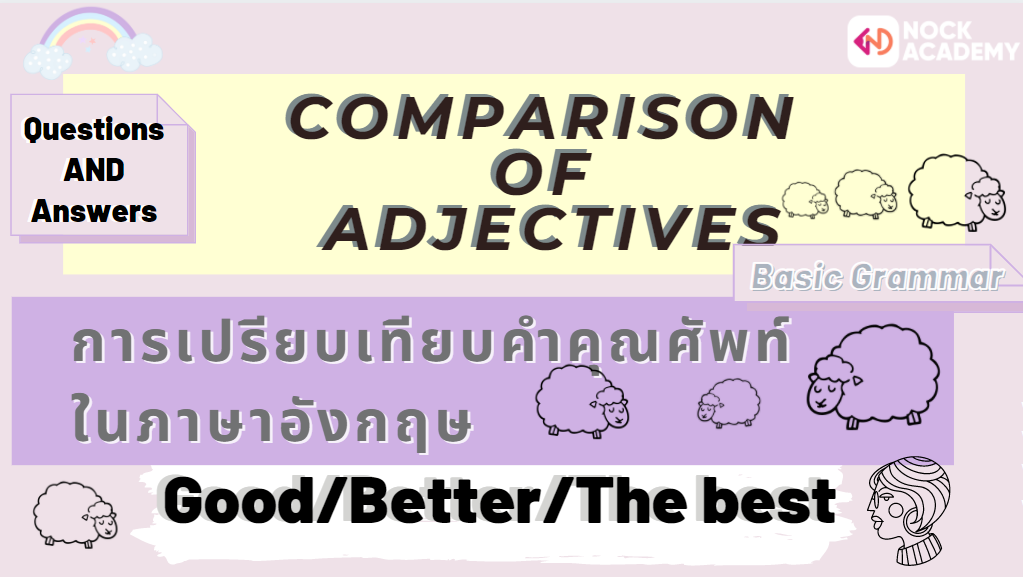
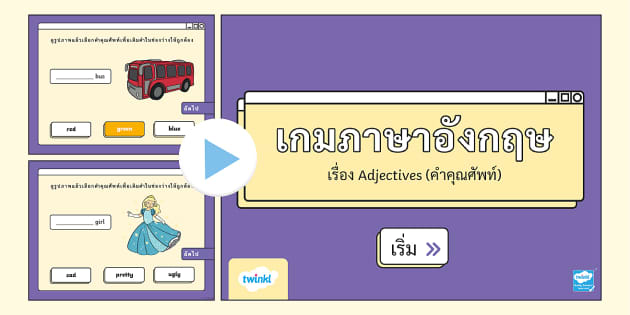
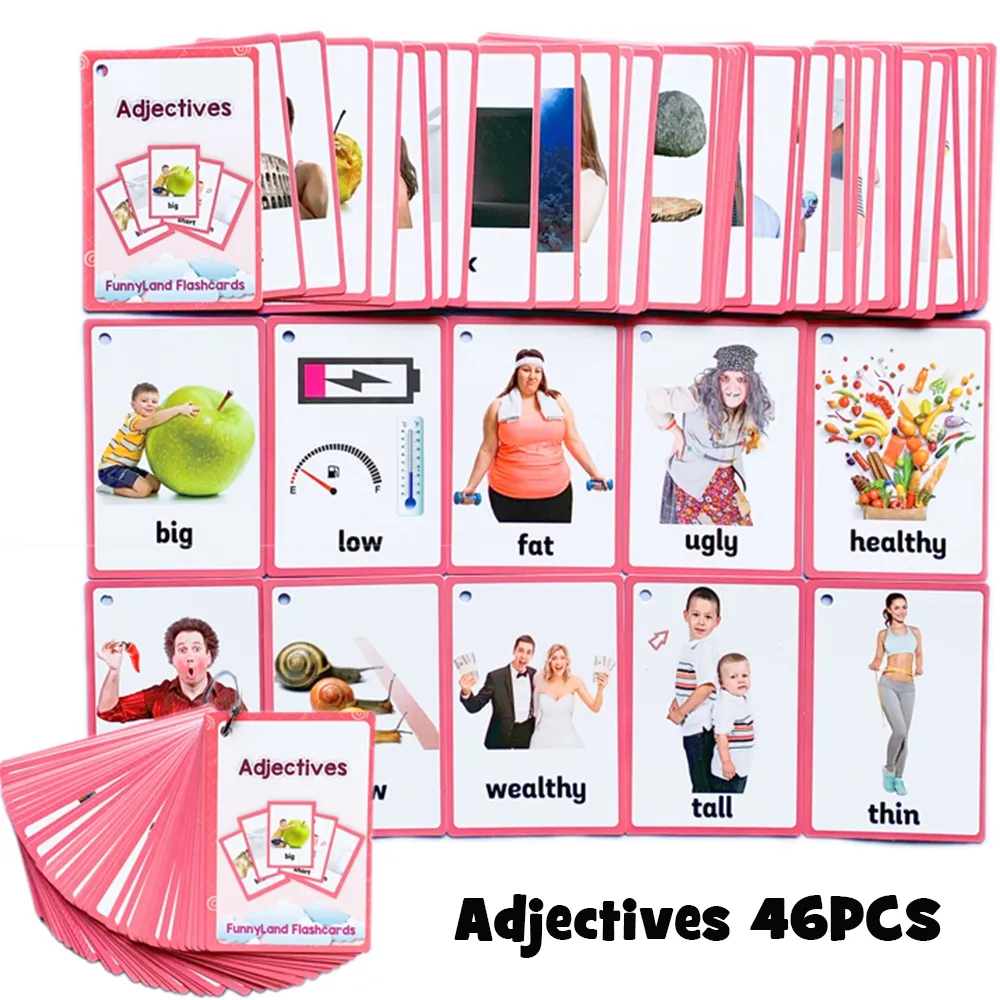

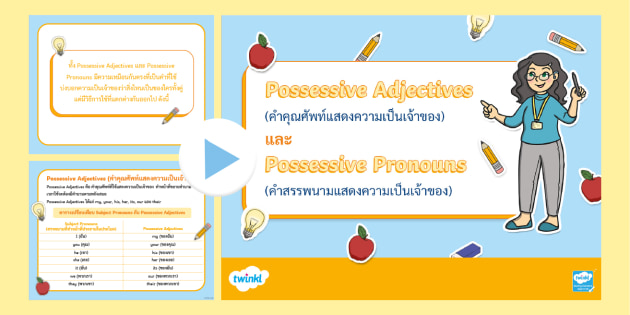
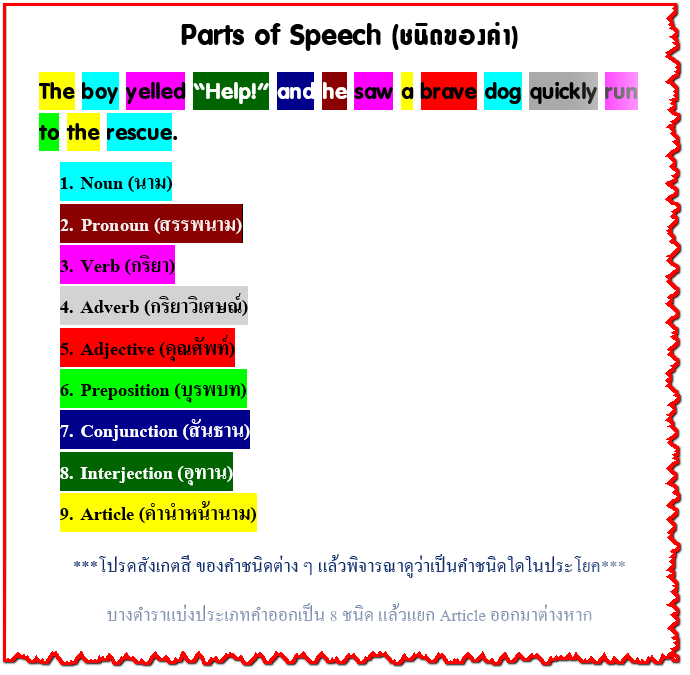




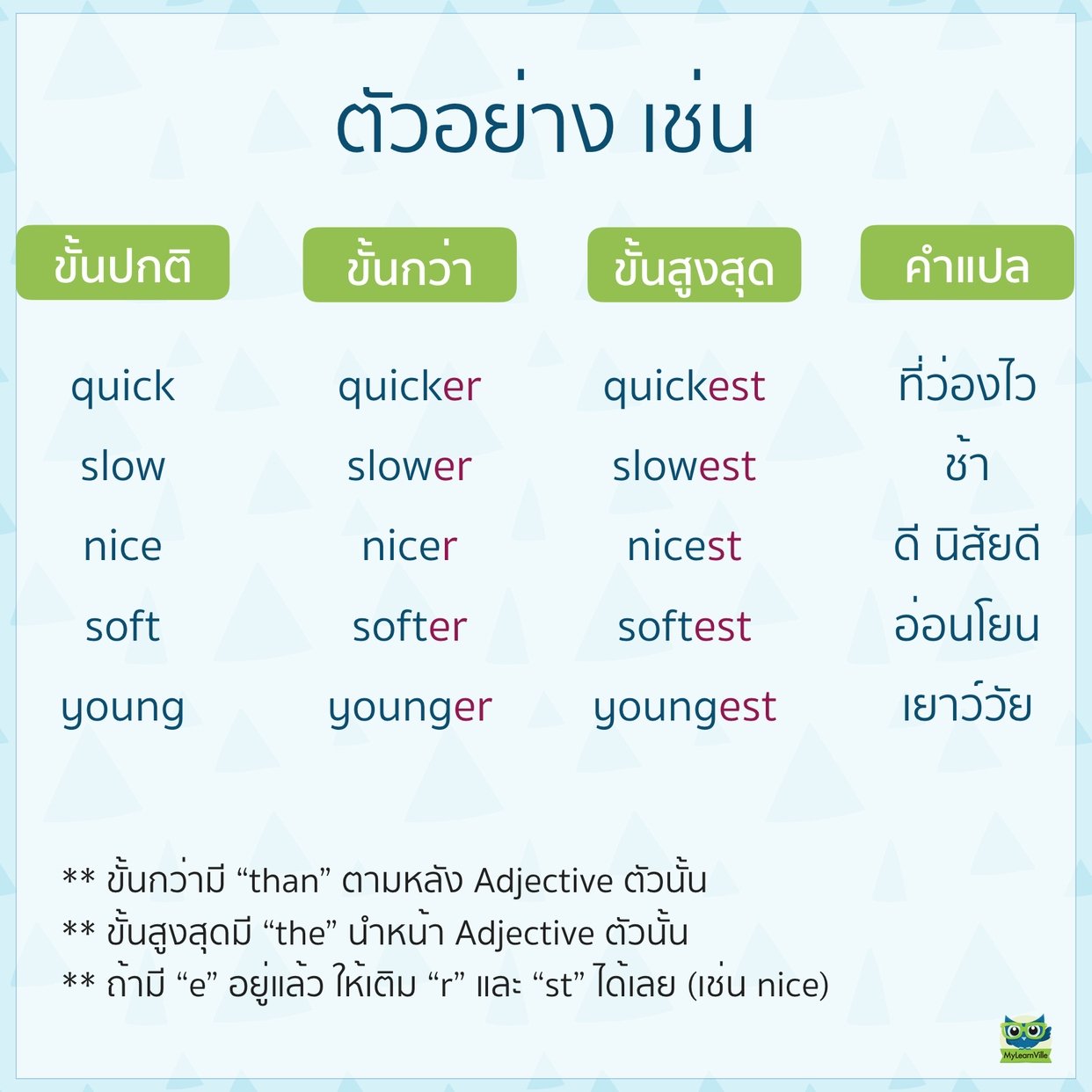
![Fon Sensei สอนภาษาญี่ปุ่น] วันนี้มาในหมวดรสชาติอาหารนะคะ🍜🍨 คำเหล่านี้เป็น คำคุณศัพท์ い หรือ adj.い ซึ่งถ้าเราต้องการทำเป็นรูปปฏิเสธ เช่น ไม่เผ็ด ไม่หวาน ฯลฯ ก็สามารถทำการผันเหมือน adj.い ปกติทั่วไปได้เลยค่ะ👩🏫 เช่น からい เผ็ด 》 Fon Sensei สอนภาษาญี่ปุ่น] วันนี้มาในหมวดรสชาติอาหารนะคะ🍜🍨 คำเหล่านี้เป็น คำคุณศัพท์ い หรือ Adj.い ซึ่งถ้าเราต้องการทำเป็นรูปปฏิเสธ เช่น ไม่เผ็ด ไม่หวาน ฯลฯ ก็สามารถทำการผันเหมือน Adj.い ปกติทั่วไปได้เลยค่ะ👩🏫 เช่น からい เผ็ด 》](https://t1.blockdit.com/photos/2021/11/61962a123892490cd5a5671e_800x0xcover_e565wxdi.jpg)


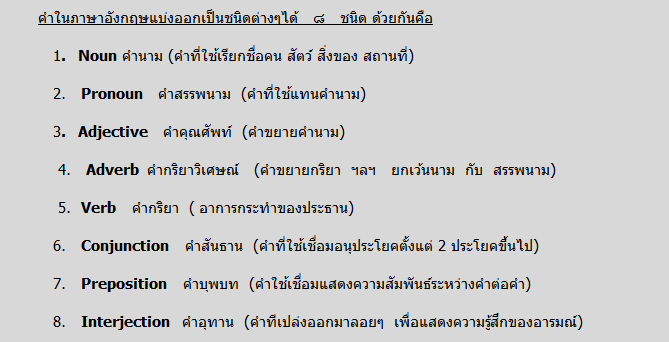
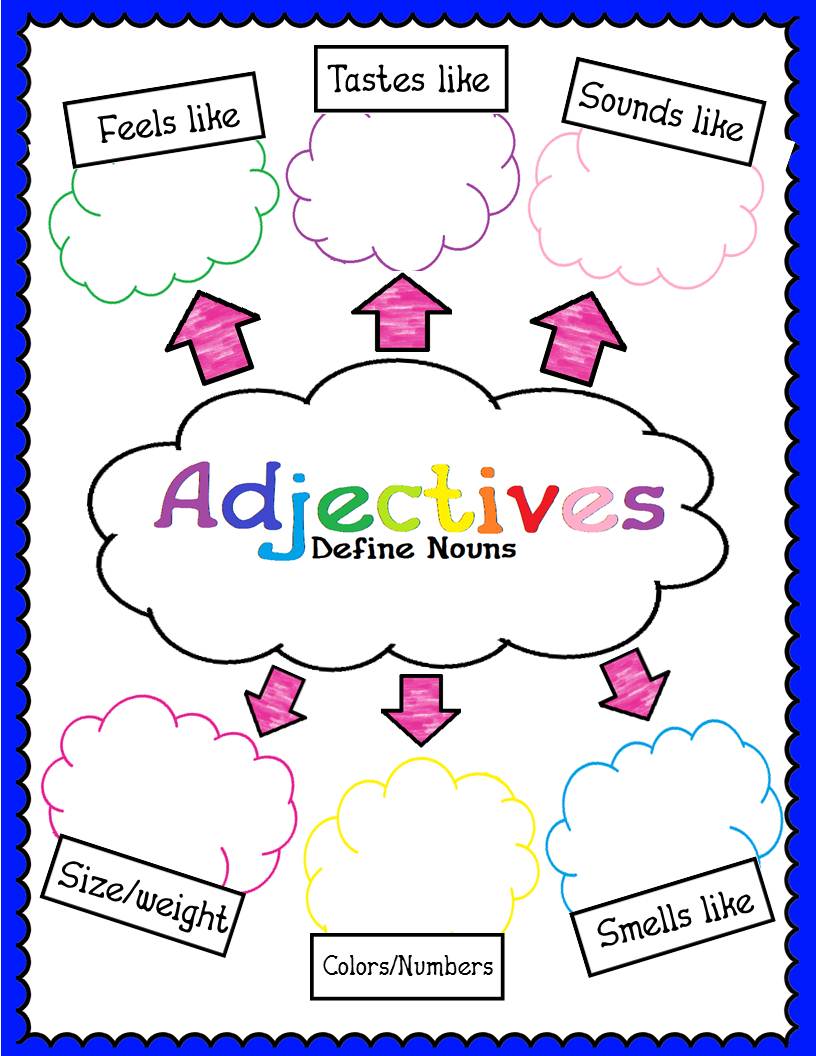
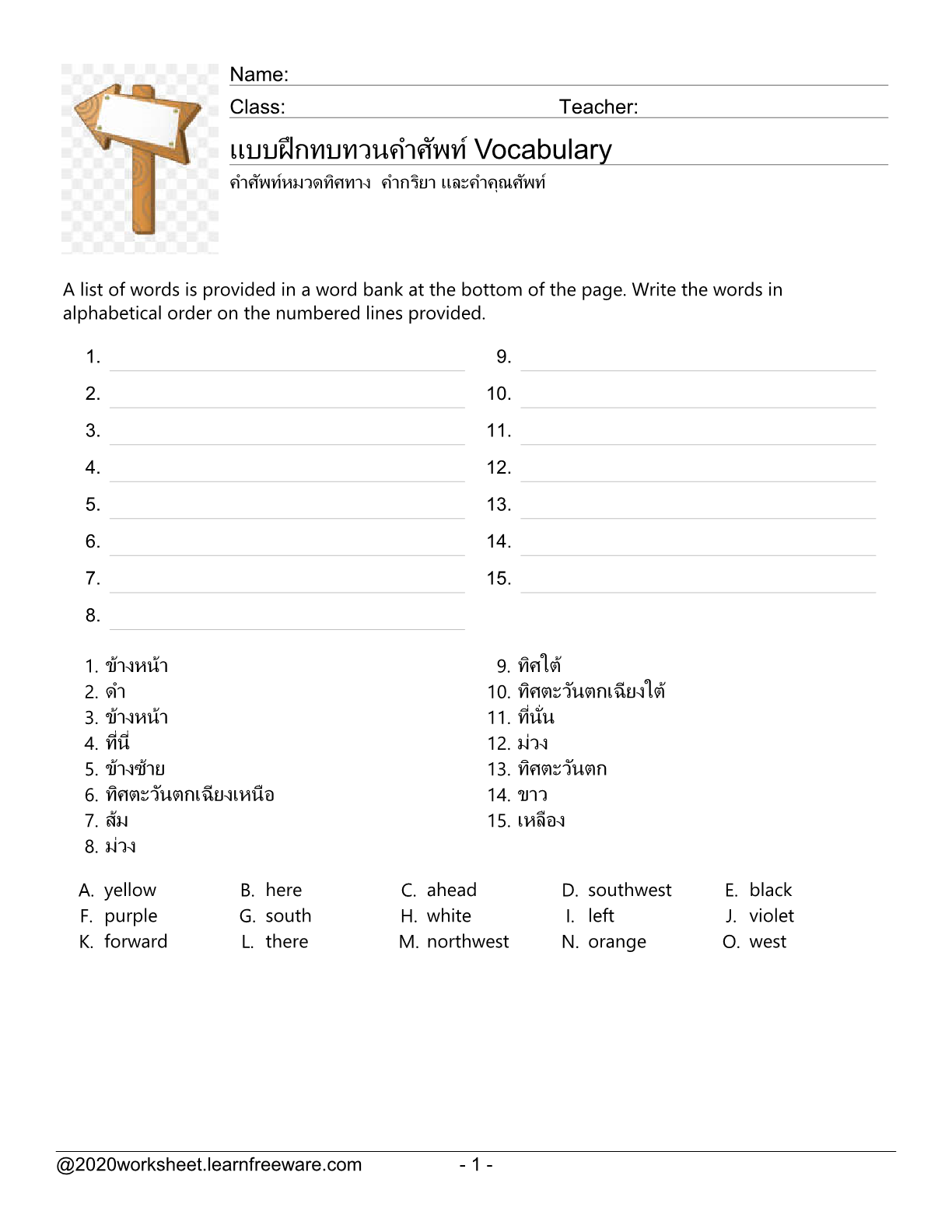

ลิงค์บทความ: คำadj.
ดูข้อมูลเพิ่มเติมเกี่ยวกับโพสต์หัวข้อนี้ คำadj.
- Adjective ตำแหน่งของคุณศัพท์ ( Position ) | ครูบ้านนอกดอทคอม
- 100 Adjectives คำคุณศัพท์ 100 คำ | English by Chris
- Vocabulary: รวมศัพท์ Adjective (คำคุณศัพท์) พื้นฐานที่มีความ …
- Adjectives – คำคุณศัพท์ – Langhub – เรียนภาษาอังกฤษ
- ศัพท์ TOEIC พื้นฐาน 200 คำ Adjectives ที่ต้องรู้ก่อนสอบ!
- Adjective คืออะไร รวมคำคุณศัพท์ภาษาอังกฤษที่ใช้บ่อยมี 120 คำ …
- การใช้ Adjective คำคุณศัพท์ ภาษาอังกฤษ – tonamorn.com
- ชนิดของคำคุณศัพท์ – Digital School Thailand 4.0
- คำคุณศัพท์ (Adjectives) ที่สำคัญในภาษาอังกฤษ ‘ด้านอารมณ์ …
ดูเพิ่มเติม: https://phauthuatdoncam.net/tv-shows-a-z blog